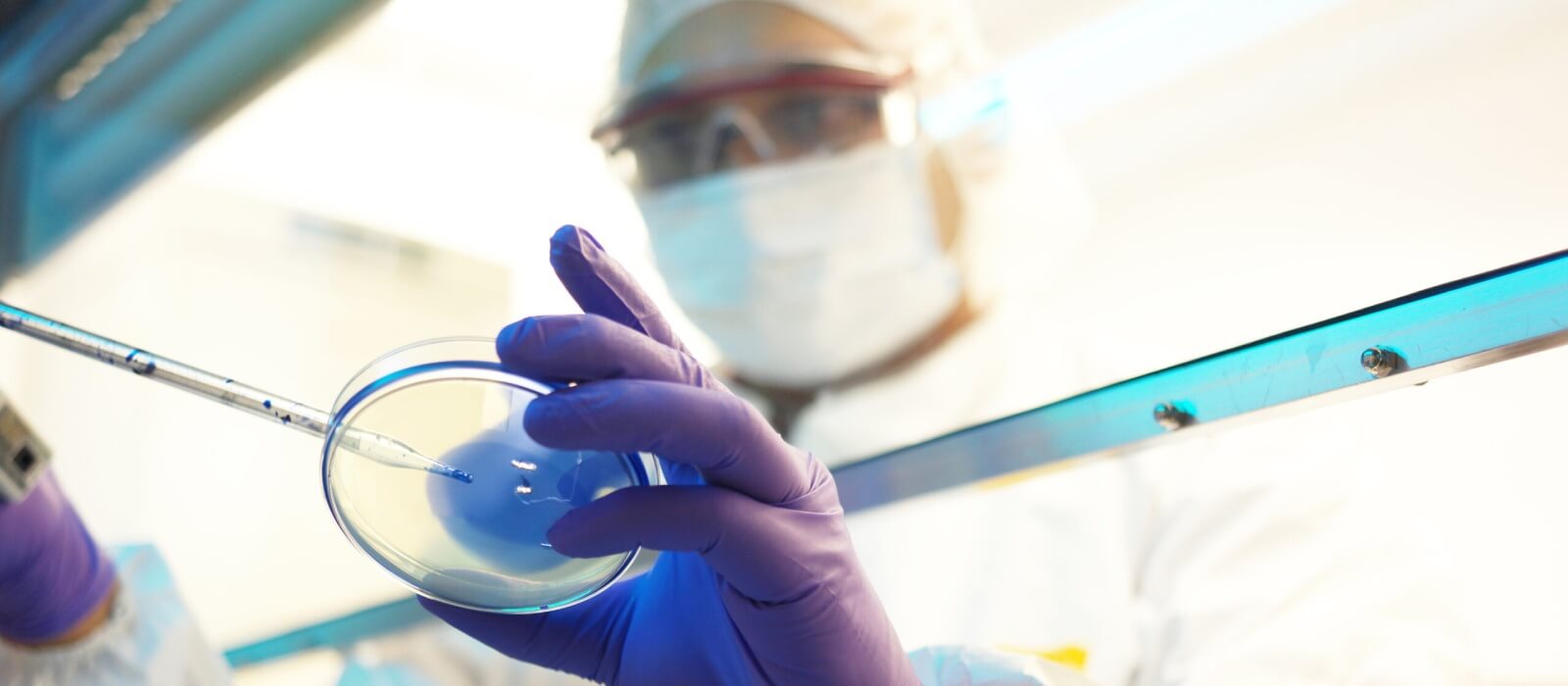Biosafety Level 2+ (BSL-2+): What Every Lab Supervisor Needs to Know

The Centers for Disease Control and Prevention’s (CDC) Biosafety in Microbiological and Biomedical Laboratories (BMBL) guideline formally recognizes four biosafety levels. These levels describe increasingly stringent containment practices for use in facilities that work with biological agents. Yet certain Biosafety Level 2 (BSL-2) facilities make the decision to voluntarily adopt enhanced practices or containments, often known as Biosafety Level 2+ (BSL-2+) protections.
With this higher level of protection comes a lot of questions, from both researchers and communities. By understanding the factors that might trigger BSL-2+ and how Biosafety Level 3 practices can be safely adopted for use in BSL-2+ facilities, laboratory supervisors, principal investigators, and other laboratory stakeholders can help put concerns to rest.
When to Consider BSL-2+ Containment
It is important to remember that BSL-2+ is not recognized as a containment level by CDC’s BMBL guideline or the National Institutes of Health’s Guidelines for Research Involving Recombinant or Synthetic Nucleic Acid Molecules guidance document. No specialized facilities are required for BSL-2+, nor is there a requirement to include BSL-3 facility elements in a biosafety level 2 space. This voluntary designation is only used for materials and procedures that can safely be worked with in a BSL-2 lab space, but where researchers wish to add supplemental safety measures.
That said, BMBL does acknowledge the need for “enhanced practices, procedures, and facilities” in certain circumstances, and the NIH’s Biosafety Considerations for Research with Lentiviral Vectors mentions “enhanced BL2 containment”. Because there is no standardized list of microorganisms, viral vectors, or research projects that researchers can rely on as guidance for when to implement a BSL-2+ environment, each decision to use BSL-3 practices in a biosafety level 2 must be made via a risk assessment process.
Through our work in supporting laboratories with these risk assessments, EH&E has seen a number of instances where BSL-2+ may be appropriate. A few examples include environments working with the following materials or organisms:
- Viral vectors with gene inserts consisting of oncogenes or genes of unknown function.
- Second generation lentiviral vectors that have an increased risk in recombination to generating replication-competent lentiviruses.
- Drug-resistant Risk Group Two (RG2) bacteria such as methicillin resistant Staphylococcus aureus (MRSA).
- RG2 organisms with low infectious doses that can cause serious disease (e.g., Salmonella Typhi, Shigella spp.).
- Organisms where certain factors predispose individuals to infection or negative health outcomes (e.g., Zika virus, Listeria monocytogenes).
- Low titer O whole blood and small volumes of Human Immunodeficiency Virus (HIV), an RG3 agent.
- High concentrations (>106 PFU/mL) of RG2 viruses.
- Work with greater than 10 liters of a RG2 agent.
- Organisms that present certain biocontainment and/or biosecurity concerns (e.g., low pathogenic avian Influenza).
Best Practices for Creating a BSL-2+ Environment
While the BMBL guidelines do not cover BSL-2+ practices, it does detail the steps involved in the risk assessment process. The guideline also states that, after determination of the appropriate biosafety level, it is important to select additional precautions as indicated by the risk assessment.
The decision to implement BSL-2+ containment triggers a number of additional considerations, including:
- What space will be set aside for BSL-2+ containment?
BSL-2 laboratories are common in many academic and industrial research facilities. They are often large spaces, occupied by many laboratory personnel working on a diverse list of projects and sharing laboratory equipment. This environment may not be conducive to adhering to BSL-3 practices. By dedicating a separate biosafety level 2 space to the project that requires BSL-3 practices, other projects are able to maintain standard BSL-2 practices.
Practically speaking, creating a BSL-2+ lab space usually means taking a smaller BSL-2 or “tissue culture” laboratory room and dedicating it to the project. This allows for limited access to only those persons who are listed on the research protocol and have received the necessary training.
- What BSL-3 practices should be adopted, and how might they be modified?
The risk assessment and project review process should include a review of BSL-3 practices and equipment requirements as listed in the latest edition of the BMBL. This will help determine which items might provide the most appropriate worker and environmental protection. There may be room to modify BSL-3 practices to meet a project’s unique risks. There should be discussion and consensus among the members of the Institutional Biosafety Committee prior to modifying selected practices.
- What does the laboratory team need to know to ensure use of selected BSL-2+ practices?
As with any biosafety level, researchers working within a BSL-2+ space must be properly trained. In this case, training should be on the use of the specific BSL-3 practices to be implemented in the biosafety level 2 space.
While BSL-3 practices specify that a laboratory-specific biosafety manual be prepared and adopted as policy, a BSL-2+ laboratory may find it more practical to develop an SOP that details the specific requirements as determined through the risk assessment and with approval of the IBC. This SOP typically serves as a supplement to an existing biosafety manual developed for the facility for BSL-1 and BSL-2 laboratories.
Let EH&E Conduct a Thorough Risk Assessment
There is no “one size fits all” approach to implementing BSL-2+ practices. In many cases, there may be considerations to review beyond the BSL-3 practices listed in the BMBL. A risk assessment is essential in determining whether BSL-3 practices are appropriate in a BSL-2 laboratory facility, and which practices will be most effective.
This is an area where EH&E can help. Our team holds extensive experience in conducting these risk assessments, advising on best practices, and even helping researchers implement recommended protections. For support in protecting your team, contact EH&E today.
And, for a more detailed understanding of BSL-2+ best practices, download our free guide, BSL-2+: A Guide to Safe Implementation in the Research Environment.
Subscribe
to our blog
"*" indicates required fields






